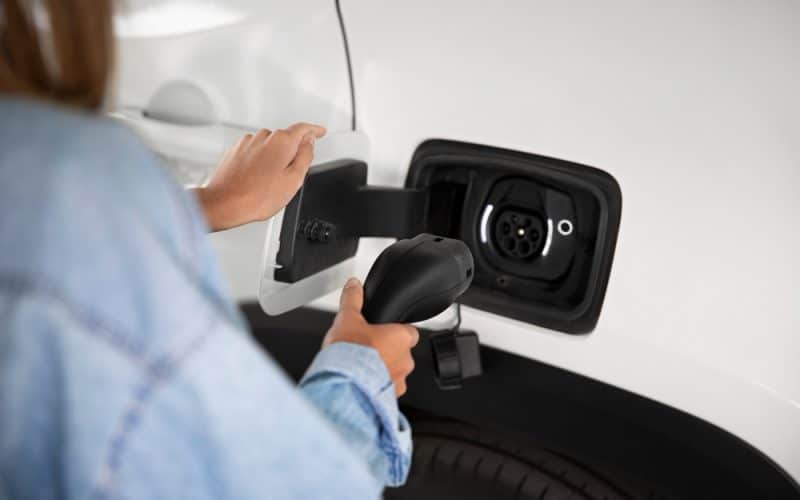Can you plug an EV charger into an extension cord? If you are scratching your head asking this question, you are not alone. Packing different types of adapters and plugs, many new electric vehicle owners are confused about how to charge.
With so many options available, the selection of the right adapter for an EV car can be daunting. However, don’t worry as this article is going to help alleviate your concerns and take you through the basics of how you can choose an EV car adapter.
So, let’s get started.
Why is it important to have an adapter for EV charger?
Before getting straight to how to choose the right EV car adapter, it’s essential to first understand the importance of having an adapter for EV charger.
First, this is quite important, as not all electric vehicles run on the same plug type, just like their charging stations. Other car models need different kinds of connectors, meaning you may not be able to charge your car with certain stations where an appropriate adapter has not been provided. It just gives you the assurance of being able to charge anywhere and provides quite a bit of convenience.
So, the right adapter keeps the charge safe, without problems. Moreover, it provides quicker and easier charging that may be considerably appreciated when in a hurry.
Types of EV charging connectors
There are different types of electric vehicle charging connectors available. It is important to know which your car needs.
Some of the most common types are the following:
Type 1
Type 1 connectors are mainly used in North America and parts of Asia. They are single-phase plugs, often found in home charging stations. These chargers are slower, making them good for charging overnight.
Type 2
Type 2 connectors are the norm in Europe, supplying faster, three-phase charging. They can also be used at home and public charging stations. Many newer EVs in Europe use Type 2 because of its faster charging speed.
CCS
CCS combines a Type 1 or Type 2 plug with additional pins for faster charging. It is used for fast charging at public stations and is becoming the standard of many electric vehicles globally.
CHAdeMO
Most Japanese cars, mainly by Nissan and Mitsubishi, use the CHAdeMO connector. It supports fast charging on most public stations. However, less and less usage of CHAdeMO is being felt nowadays since most cars are drifting to the use of CCS for fast charging.
NACS
The NACS (North American Charging Standard) is another important connector, primarily used by Tesla in North America and increasingly adopted by other brands as well.
Now you know the basics of EV charging connectors, it’s time to learn how to choose the best EV car adapter.
How to choose the best EV car adapter?
Choosing the right adapter for EV charge can make a big difference in your charging experience. Here are some key factors to consider:
Consider compatibility
The first thing one needs to consider is compatibility. The adapter must be compatible with an electric vehicle and the charging station you will use. First, check your car for the connector installed in it and general types of connectors at the stations near you. If your car is a Type 1 car, for example, and the charging station has Type 2 connector, then you should choose the type 2 to type 1 electric car charging cable adapter.
Charging speed
Then, of course, there is the charging speed. Not all adapters charge at the same speed. If you’d like to fast-charge your electric vehicle, then you need to look for an adapter that supports DC charging. However, note that charging speed also depends on the capability of your vehicle and the power output of the charging station.
Charging level
Consider the charging level. EV chargers can be categorized into Level 1, Level 2, and Level 3 (DC fast charging). Level 1 is the slowest type of charger and often finds its usage in homes; Level 2 is faster and sees its implementation in public charging stations. Level 3 is the fastest charger but not necessarily available everywhere. So, choose an adapter that would match the charging level of your vehicle and driving needs.






